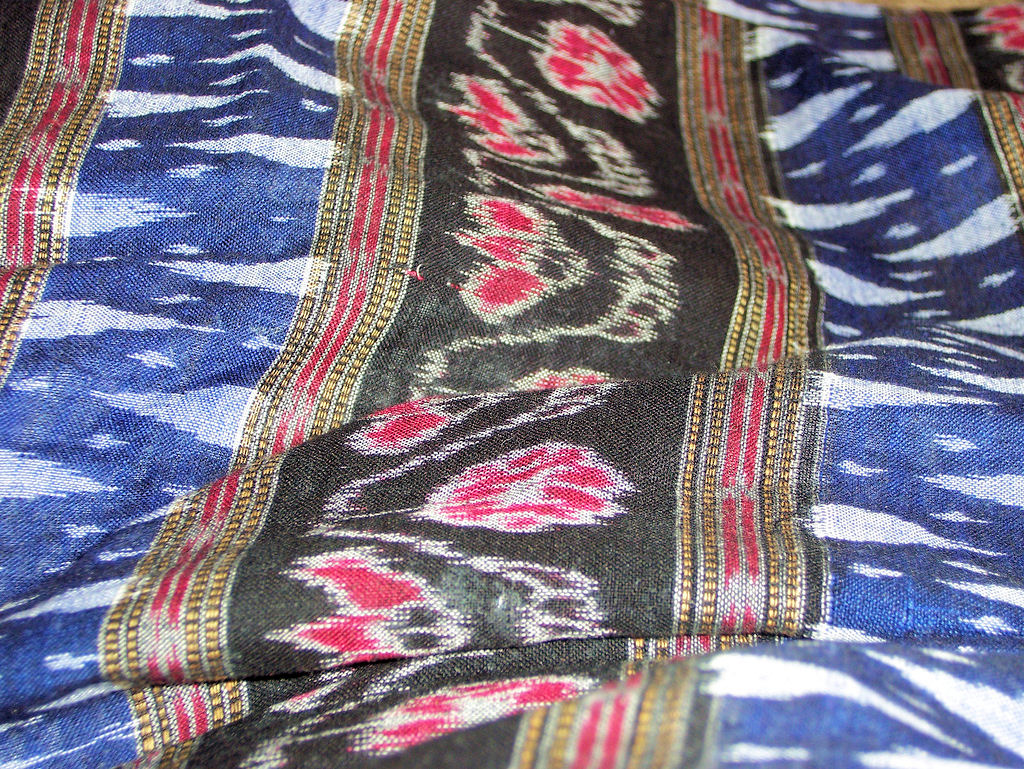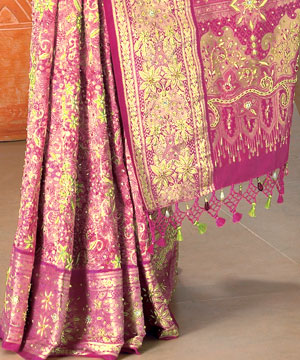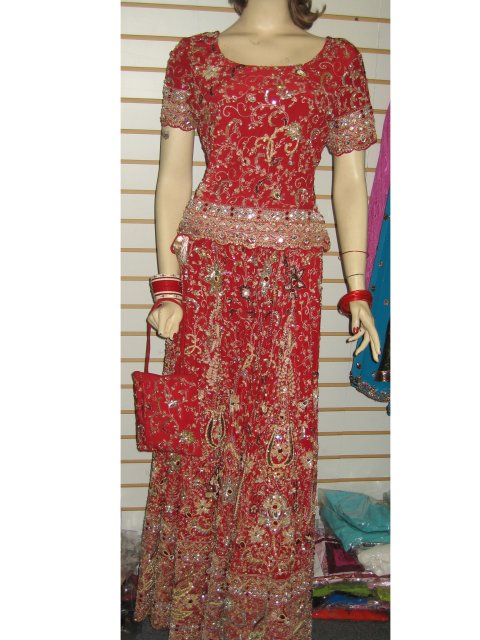Source Google.com.pk
The conventional concept to lehenga saree bridal created an influence in the Usa during the 1970s. Eugene N who happened to run the new York retail outlet, Royal Lehenga House told that he had been selling it largely to the Native american indian ladies in New york city area but later on a lot of North american business women and housewives grew to become the his shoppers who wanted their Lehenga to resemble an entire robe of the european world. He also mentioned that gentlemen appeared intrigued by the fragility along with the femininity it confers to the person wearing them. Beginners to the Lehengas report that it is comfortable to use, needing no girdles or nylons and also that the sweeping garb feels so elegant with uncommon grace. you can find more interesting info to buy lehenga choli online and continue reading. As a general nod to the fashion-forward way of life proven through the designs of Pucci, the now-defunct Braniff Intercontinental Airways envisioned their air hostesses dressed in a more flaunting version of the Lehenga on a proposed Dallas-Bombay (possibly via London) service while in the late seventies. The Lehenga has generated its acceptance internationally due to the expansion of Indian fashion tendencies globally. A number of Bollywood celebrities, such as Madhuri Dixit. have worn it at international occasions representing the Indian culture. In 2010, Bollywood celebrity Deepika Padukone wished to represent her nation at an international event, donning the national outfit. On her very first red carpet presence in the Cannes International Movies Competition, she stepped out on red carpet in a Rohit Bal Lehenga. Occasionally well-known Hollywood superstars have worn this conventional apparel. Pamela Anderson made a surprise guest appearance on Bigg Boss, the Indian version of big Brother, donning a Lehenga that was specifically designed for her by Mumbai-based fashion designer Ashley. Ashley Judd wore a a purple pallette Lehenga in the YouthAIDS Reward Gala in December 07 at the Ritz Carlton in Mclean, Virginia. Although the Lehenga is typical to Indian traditional wear, outfits worn by South-East Asian countries like Burma, Malaysia, Philippines, and Singapore resemble it, in which a long rectangular bit of fabric is worn round the body. These are generally distinct from the Lehenga as they are worn across the lower-half of body as a skirt, worn having a shirt/blouse, appearing like a sarong, as witnessed in the Burmese Longyi, Filipino Tapis, Laotian Xout lao, Thai Sinh's, and Timorese Tais. Lehenga, put on mainly in India, Pakistan, Sri Lanka, Bangladesh, and Nepal are typically worn with one finish of the cloth fastened across the waist, as well as other end placed over the shoulder baring the stomach. Lehenga are generally stitched with a single plain end (the end that's disguised inside the wrap), two extended ornamental borders running the length of the Lehenga, as well as a one to three-foot segment at the other end which continues and elaborates the length-wise decoration. This end is named the pallu; it's the portion tossed above the shoulder in the nivi kind of draping. In past periods, Lehenga had been weaved of silk or cotton. The prosperous could manage finely woven, diaphanous silk Lehenga that, in line with folklore, can be passed via a finger ring. The poor dressed in coarsely weaved cotton Lehenga. All Lehenga were handwoven and represented a considerable investment of time or money. Straightforward hand-woven villagers' Lehenga are frequently adorned with checks or lines woven in the cloth. Economical Lehenga were being also adorned with block printing working with carved wooden blocks and vegetable dyes, or tie-dyeing, recognized in India as bhandani get the job done. More expensive Lehenga experienced elaborate geometric, floral, or figurative ornaments or brocades created on the loom, as portion of the cloth. Sometimes warp and weft strings were tie-dyed and then stitched, generating ikat designs. From time to time threads of different colors were being stitched in to the base fabric in patterns; an ornamented border, an elaborate pallu, and sometimes, small recurring accents inside the cloth alone. These accents are identified as buttis or bhuttis(spellings fluctuate). For extravagant Lehenga, these patterns can be woven with gold or silver thread, which happens to be called zari work. In some cases the Lehenga were further more decorated, after weaving, with several sorts of embroidery. Resham work is actually embroidery carried out with coloured silk thread. Zardozi embroidery works by using gold and silver thread, and often pearls and treasured stones. Low-cost modern day variations of zardozi use artificial metal thread and imitation stones, including fake pearls and Swarovski crystals. In contemporary occasions, Lehenga usually are a lot more weaved on mechanised looms and manufactured from artificial fibres, for example polyester, nylon, or rayon, which don't need starching or ironing. They are printed by machine, or woven in very simple designs made with floats throughout the back of the Lehenga. This could produce an elaborate appearance within the front, while looking unpleasant on the back. The punchra work is imitated with economical machine-made tassel trim. Hand-woven, hand-decorated Lehenga are naturally a great deal more high priced than the machine copies. While the general market for handweaving has dropped (leading to considerably distress among the Indian handweavers), hand-woven Lehenga remain common for weddings along with other grand social occasions.
Simple Lehenga Designs lehnga design 2014 Latest for engagement images for kids for marriage for bride
Simple Lehenga Designs lehnga design 2014 Latest for engagement images for kids for marriage for bride
Simple Lehenga Designs lehnga design 2014 Latest for engagement images for kids for marriage for bride
Simple Lehenga Designs lehnga design 2014 Latest for engagement images for kids for marriage for bride
Simple Lehenga Designs lehnga design 2014 Latest for engagement images for kids for marriage for bride
Simple Lehenga Designs lehnga design 2014 Latest for engagement images for kids for marriage for bride
Simple Lehenga Designs lehnga design 2014 Latest for engagement images for kids for marriage for bride
Simple Lehenga Designs lehnga design 2014 Latest for engagement images for kids for marriage for bride
Simple Lehenga Designs lehnga design 2014 Latest for engagement images for kids for marriage for bride
Simple Lehenga Designs lehnga design 2014 Latest for engagement images for kids for marriage for bride
Simple Lehenga Designs lehnga design 2014 Latest for engagement images for kids for marriage for bride





























.png)












.jpg)




